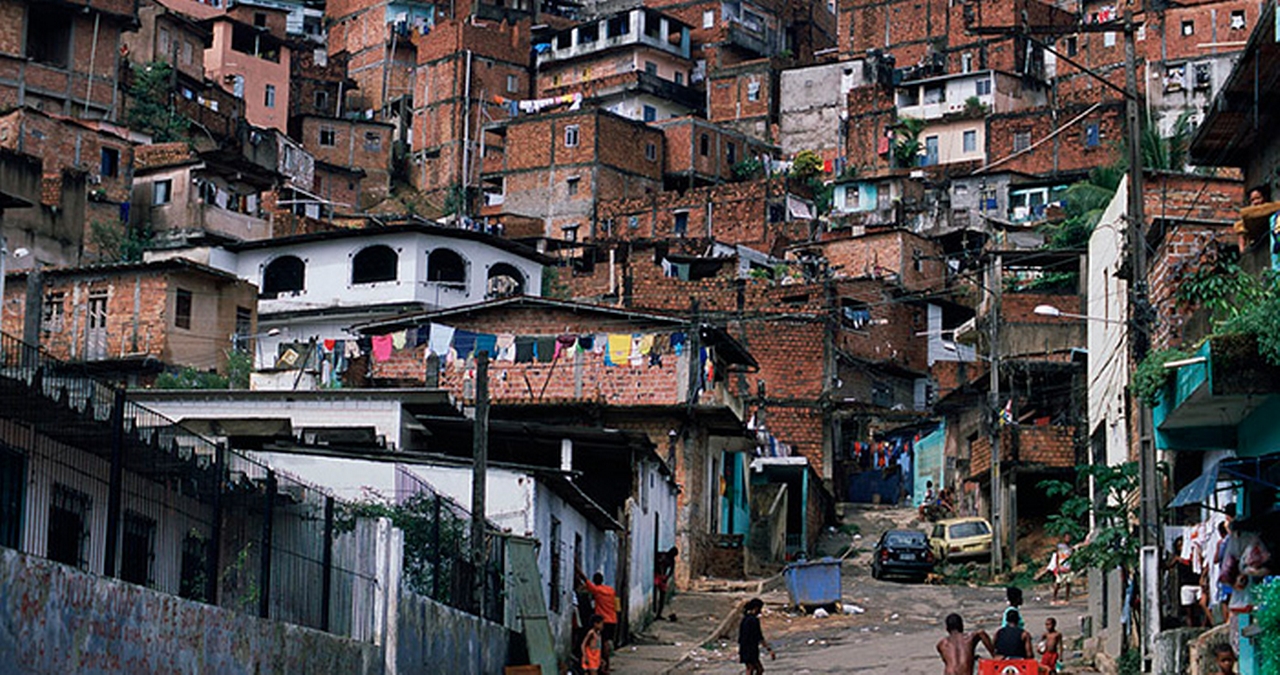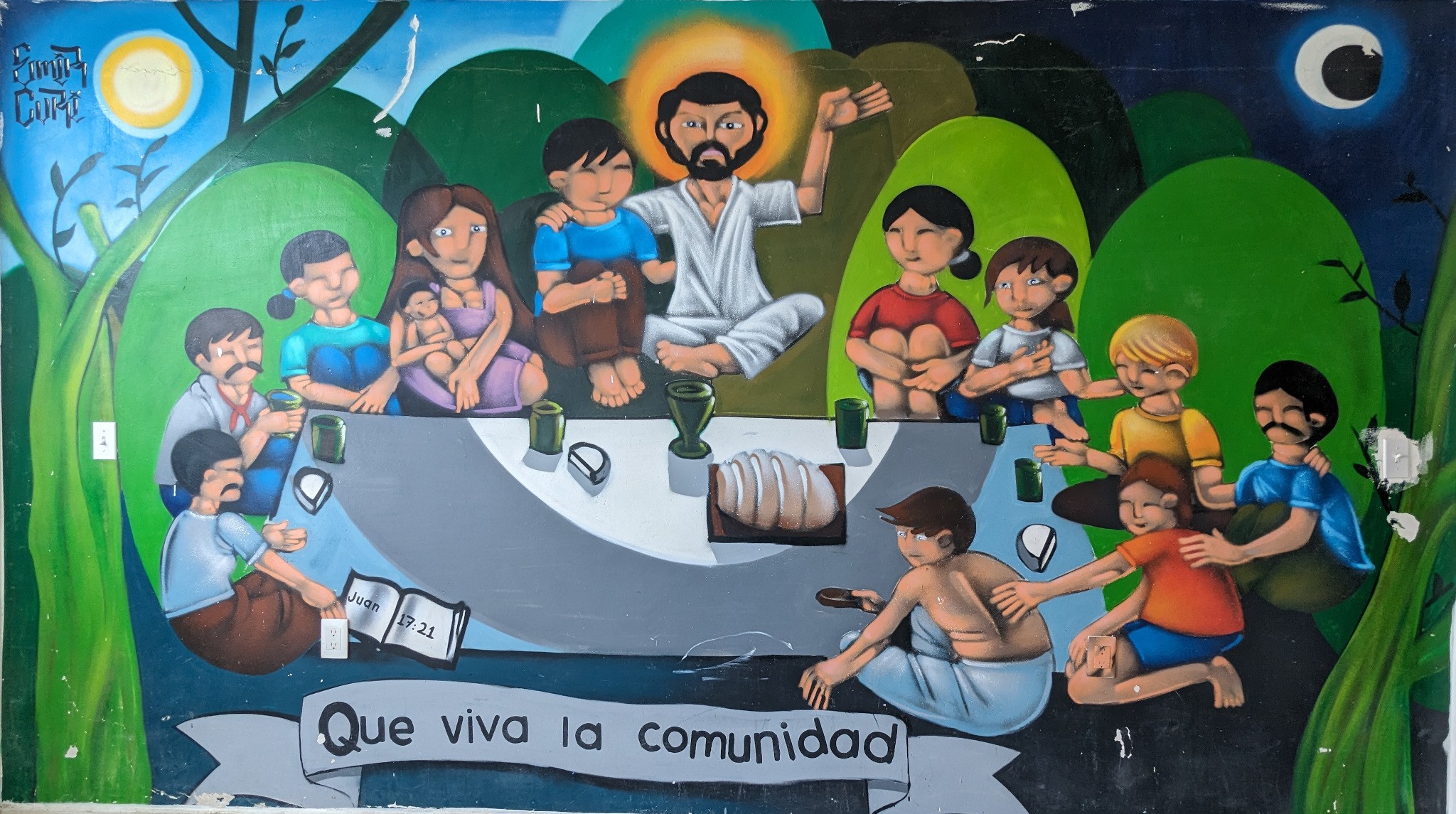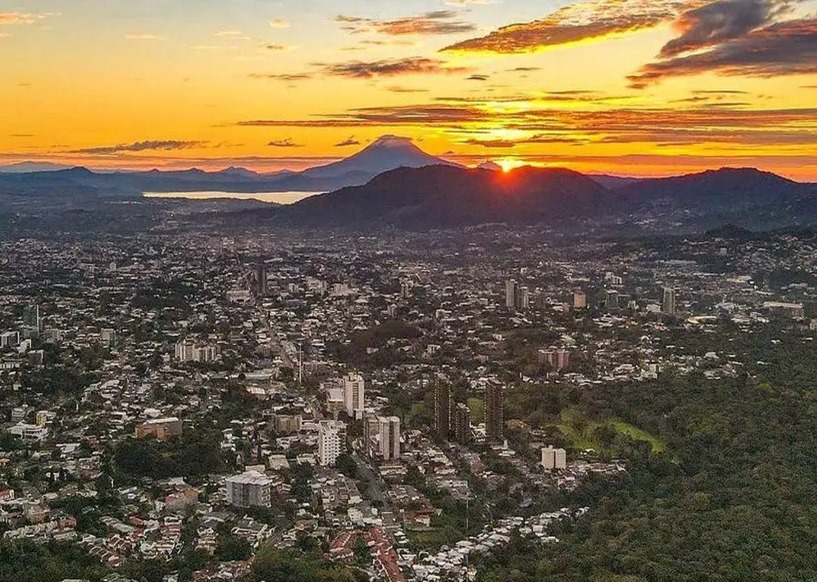Practitioners and theorists would agree that the last 70 years of development theory and practice have not produced a single, agreed-upon definition of development. What’s the goal of development? What’s success? What is transformation? And how do we measure it?
Defining ‘success’ in poverty alleviation and transformational change, like defining poverty itself, is closely tied to our worldview. If, for example, we see the source of poverty as unjust systems or ineffective government, the tools of transformation are community organizing, advocacy, public engagement, and political action. Success in this view means systems and governments that work for the poor. If we believe, on the other hand, that poverty is a lack of knowledge, then we aim to educate poor people on various topics so they can overcome their knowledge and skills deficits. In this case, transformation is seen as educated and skilled individuals who can fend for themselves.
If we see poverty as a spiritual problem, we focus on evangelism, spiritual formation, and church planting, measuring success by the increased number of people attending church and growing spiritually. For some in this perspective, transformation is a supernatural, unexpected occurrence by God, dependent entirely on the power of the Holy Spirit, and cannot be programmed; therefore, everything begins and ends in prayer.
If we believe poverty persists due to technological deficiencies, we turn to human reason and technology to overcome humanitarian impasses. The goal here is a higher degree of modernization in society. If we view the root problem of poverty as a lack of material resources, we may consider hard work, economic development, and a free market environment as the best tools for change. In this view, transformational change is measured by economic growth and higher levels of income.i
The Goal of Holistic Transformation
Each of these views contains elements of truth, but each is also incomplete. The problem often lies in the desire for selective transformation and methods to achieve it. This leads to a compartmentalized and domesticated approach to transformation, which can cause more harm than good in the long term due to unintended consequences.
Defining urban poverty helps clarify the root causes of poverty, violence and injustice (see The Camino Briefings #2). It also lays the foundation for better defining “success.” From the perspective of Camino Alliance, the goal is not to transform the materially poor into middle or upper-class citizens or to promote a version of the “American Dream.”ii Instead, we have come to adopt the term “holistic transformational development” to describe what we seek to effect in the fragile cities we’re involved in. For us the goal of “holistic transformational development” includes:
- To restore people to a full expression of their humanness as made in the image of God – materially, physically, socially, mentally, spiritually and emotionally.iii This includes a recovery of their identity in Christ and their vocation as stewards of God’s creation.
- To promote trusting, reconciled and just relationships between people, where they are able to enjoy fullness of life in harmony with God, themselves, others, the environment and the systems, and seek to develop cultural paradigms inclusive of the urban poor.
- To form communities that have a shared vision, a sense of community, ownership to improve their own health and wellbeing and that of others, visionary and servant leadership to guide them, the necessary resources, skills and knowledge to further their goals, while engaging in ongoing reflection in order to learn to be more effective.iv
- To create new institutions and restore existing systems and structures to a state where they enhance and celebrate life in all its forms, realizing that existing institutions and systems can only be effectively challenged by alternatives that are also institutionalized – either alternatives that are developed within existing institutions or alternatives that are altogether new.
- To seek God in all that we are and do, so that His kingdom and glory—character, justice, beauty, love, and shalom—may become more present on earth as it is in heaven. This includes promoting human flourishing, enhancing spatial aesthetics, considering ecological impacts, establishing just structures, and fostering life-giving cultural beliefs.
Defining Holistic Transformational Development
Enumerating these goals shows that defining ‘holistic transformational development’ is challenging, as the term is laden with values, making it difficult to convey a precise meaning. Nonetheless, the following attempt aims to approximate what we mean by the term.
We use the term ‘holistic’ because we see people as whole beings. Every person is inherently an economic, political, social, and spiritual being simultaneously. Therefore, human poverty is multi-dimensional and must be addressed in multiple ways. It’s not enough to leave the body to the doctor, the mind to the psychologist, the soul to the church, and the socioeconomic aspects to social scientists and politicians. To achieve ‘wholeness,’ integrated and multidisciplinary approaches are required. Indeed, only by working towards the restoration of people, relationships, and systems can we experience abundant life and sustainably overcome poverty.
We use the term ‘transformational’ because real change needs to occur if poverty is to be alleviated – sustainable change on a personal, relational, cultural and systemic level. People need to change, relationships need to be change, cultures need to change, and systems need to change. Anything less will fall short of ‘transformation’. It’s not good enough to promote economic growth and add a few provisions for a social safety net, hoping that this will meet the demands of transformational change. Sustainable transformation will only happen when people reject the web of lies based in disempowering worldviews and cultural beliefs. It will only happen when people recover their true identity and vocation. It will only happen when relationships among the poor and between the poor and non-poor are reconciled and that the poor and non-poor alike are able to experience life in its fullness – materially, physically, socially, mentally, spiritually and emotionally. It will only happen when people from different spheres of society sit together to imagine and propagate an alternative culture that is inclusive of the urban poor. It will only happen when economic, political and religious systems promote the wellbeing of all – not just a privileged few.
We use the term ‘development’ since we realize that ‘holistic transformation’ is a process with a goal that we will never fully attain. It’s hard work! While a marked change for the better is possible, holistic transformation never ends. There is always more to be done. Since the process is as important as the end, the transformational journey is about finding and enjoying life. It is not solely about achieving goals, although these are important too. Without joy we quickly get dreary and miserable in our efforts to restore people, relationships and systems.
Additionally, the ‘development process’ leading to ‘holistic transformation’ is crucial. Ultimately, transformation is about people and their environment. If we do not intentionally include people in their own ‘transformational change process,’ we hinder the growth and depth of holistic transformation.
To summarize, we recognize that at its best, a 10-year holistic transformational development process will bring limited good to a fragile city, none of which will be sustainable in the long term, unless fundamental choices are made about redirecting the community’s story and the dominant cultural paradigms guiding it. Envisioning a better human future is hard work for both the poor and the non-poor. The act of getting the poor to believe in the possibility of a better future is a major transformational frontier.v The act of getting the non-poor to participate in this venture is an even greater transformational frontier. Nonetheless, this is what ‘holistic transformational development’ is all about. It is based on changes that visibly and positively affect the circumstances of individuals, communities, systems and even cultures.
Conclusion – The Roles of God and Human Beings in Holistic Transformation
As we reflect on the work of transformational change, we must affirm both the role of God and of human beings: “A Christian process of change must begin with an acknowledgment that, at the most fundamental level, transformation occurs because God desires it and enables it. Ultimately, any transformation, justice, and peace will come to pass because God made it so. We are not the authors of change, nor the primary actors. It is the action of God, who is ceaselessly at work in all creation and in the hearts and minds of all human beings, whether they acknowledge Him or not, graciously guiding history towards its true end.
Having said this, we must also recognize that change takes place because human beings commit themselves to the process and invest whatever gifts and resources, they have into it. God gives us real choices over all elements of our lives. People must choose to seek transformation and then invest themselves in making it happen.” vi
So, while God desires to see transformation happen more than we ever will, He will not impose holistic change on people who are only interested in selective transformation. God respects human free will and desires that people willingly participate in the process of change. In this sense, when greater numbers of people earnestly seek God through prayer and practical action, aligning their lives with His will and purposes, God can work more effectively to bring about profound and lasting transformation in individuals, communities, and cities. The collective commitment and active participation of people create an environment where God’s transformative power can manifest more fully, leading to holistic change that encompasses all aspects of life.
Footnotes
i Steve Corbett & Brian Fikkert, When Helping Hurts, 143
ii Steve Corbett & Brian Fikkert, When Helping Hurts, 78
iii Being restored into God’s image is a vision for transformation that is equally interested in being as well as having; knowing who we truly are and pursuing our true vocation is the key to more life.
iv Based on CRWRC’s dimensions of transformation
v Steve Corbett & Brian Fikkert, When Helping Hurts
vi Bryant Myers, Walking with the Poor, 121




